Blennioidei
There are five features which distinguish this suborder, and they involve osteological or morphological minute traits; hence I will not mention them here (reference V.G. Springer 1993 for more info). There are some other characteristics that unite the group, such as cirri (tendril-like appendage) originating from the head.
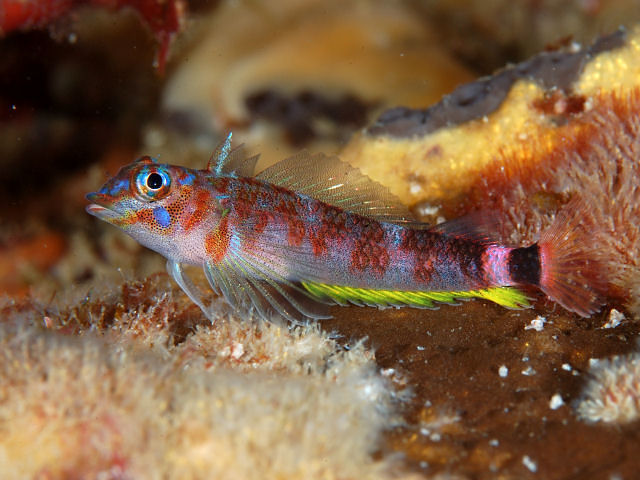
By Izuzuki (http://www.izuzuki.com/) [CC BY-SA 2.5], via Wikimedia Commons
Tripterygiidae: Triplefin Blennies
The name comes from the dorsal fin being divided into three regions. Most species are marine but one New Zealand species lives in estuaries.

By Williams, J. T.; Carpenter, K. E.; Van Tassell, J. L.; Hoetjes, P.; Toller, W.; Etnoyer, P.; Smith, M. [CC BY 2.5], via Wikimedia Commons
Dactyloscopidae: Sand Stargazers
Sand stargazers are pretty recognizable within the blennies. They have a mouth which points upwards at an angle, dorsally positioned eyes, fringes on the lips, and fingerlike elements on the gill cover. All of these adaptations work together to help sand stargazers bury themselves in the sand and wait for prey to come along. Most fishes use an opercular pump to move water over the gills, but sand stargazers have replaced it with a branchiostegal pump instead.
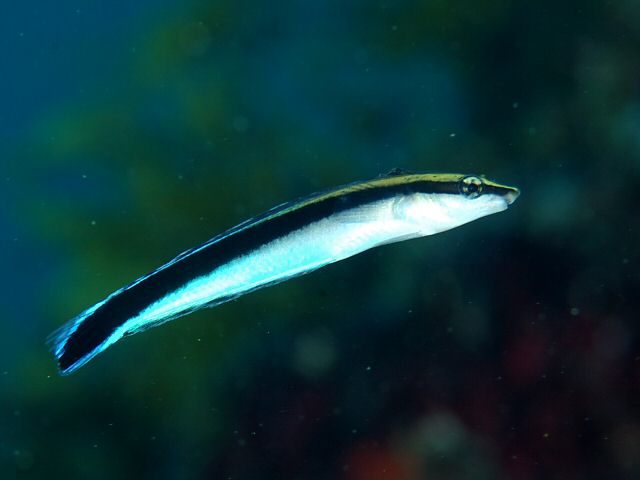
By Izuzuki (http://www.izuzuki.com/) [CC BY-SA 2.5 (http://creativecommons.org/licenses/by-sa/2.5)], via Wikimedia Commons
Blenniidae: Combtooth Blennies
Blennies lack scales and may lack a lateral line as well. They also lack a swimbladder as they usually have a benthic (bottomdwelling) lifestyle. Many species also have canine teeth in some regard.
- False cleanerfish (Aspidontus taeniatus): The bluestreak cleanerfish, Labroides dimidiatus, is a courteous fish, removing parasites and dead tissue from larger fishes. The false cleanerfish has evolved to look similar to the cleanerfish, but instead of removing dead tissue, it removes chunks of flesh from unsuspecting customers. They are aided by the presence of large canine teeth in the lower jaw (I couldn't find a usable picture but you should search fangblenny). This fish does not feed solely on clients, eating eggs and worms when that food is plentiful.
- Leaping blennies (Alticus): There are multiple fishes in this genus with the ability to leap from place to place. They use it to get around their tidepools and to ward off intruders. Watch a slo-mo video HERE. A. arnoldorum is considered terrestrial because it can breathe air and survive out of water for hours at a time.
By Peter Southwood (Own work) [CC BY-SA 4.0], via Wikimedia Commons
Clinidae: Kelp Blennies
This family is pretty nondescript...your typical fish shapes with little blenny cirri on the head. They get their name from their propensity to live and hide in kelp, and have dark brown/green/red colors to help them blend (blenn?) in. Some species have an intromittent organ, used to internally fertilize the female.
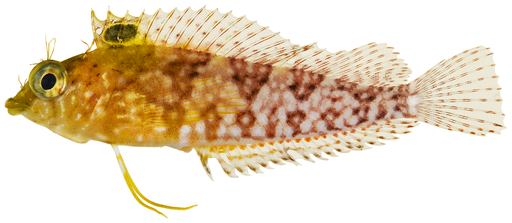
By Williams, J. T.; Carpenter, K. E.; Van Tassell, J. L.; Hoetjes, P.; Toller, W.; Etnoyer, P.; Smith, M. [CC BY 2.5], via Wikimedia Commons
Labrisomidae: Labrisomid Blennies
Although elongated like the other blennies, labrisomids have a stockier body shape. Some genera (Xenomedea and Starksia) are considered viviparous because the females keep the eggs within them to grow. Starksia also has intromittent organs in males.
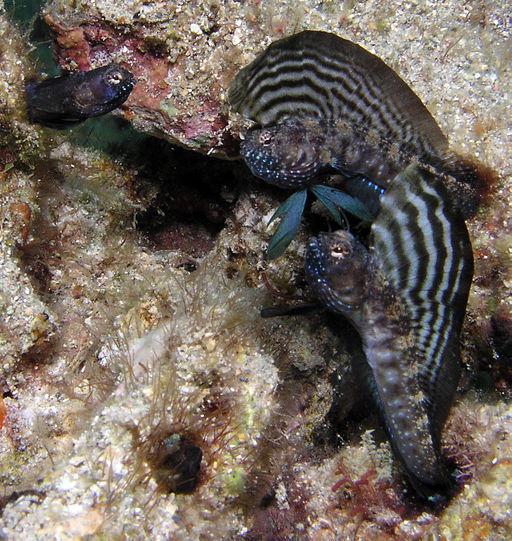
By Matthew Hoelscher [CC BY-SA 2.0], via Wikimedia Commons
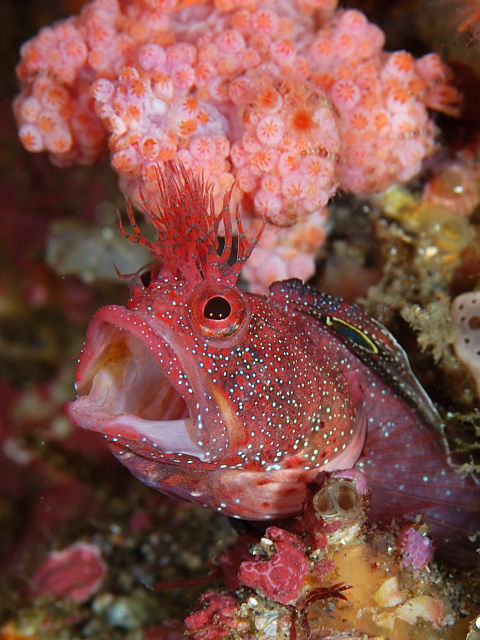
By Izuzuki (http://www.izuzuki.com/) [CC BY-SA 2.5 (http://creativecommons.org/licenses/by-sa/2.5)], via Wikimedia Commons
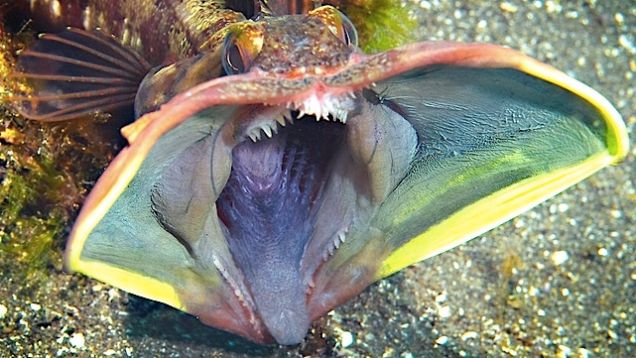
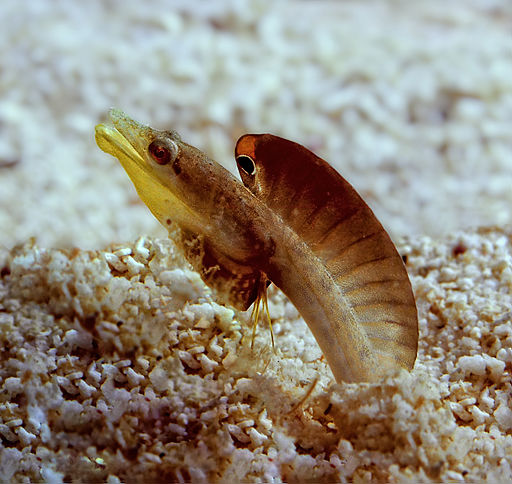
Betty Wills [CC BY-SA 4.0 ], via Wikimedia Commons
Chaenopsidae: Tube Blennies
The last family of blennies are very eel-like, lacking a lateral line and scales. Their name comes from the habit of living in abandonded worm tubes. Some species also have tall dorsal fins, giving them the name "flag blennies" as well. The most famous species is the Sarcastic Fringehead, Neoclinus blanchardi. This fish has extremely distensible jaws, which is uses to defend its territory against other individuals by demonstrating who has the largest "fringes." You can watch them in action HERE.